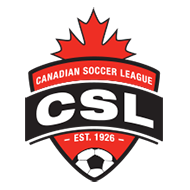Canada’s attempts to strengthen its professional soccer structure suffered a set- back during November with the termination of membership of FC Edmonton in the Canadian Premier League. The club has been a high profile member of the CPL after competing in the North American Soccer League until 2017 and has been a CPL member since the league’s inaugural season in 2019. The Alberta club will no longer be in a position to play in the CPL in 2023 following a unanimous decision by the CPL board of governors to end the franchise.
Low attendances and low revenues were two of the of the reasons given for the surprise decision, which raises questions about the league’s overall attendances in an environment where a satisfactory fan presence at the games is necessary to develop media attention. It is also one of the financial income generating components to maintain a viable business that includes considerable long distance travel for the teams, often a deterrent to coast to coast expansion in Canadian soccer.
FC Edmonton is owned by Tom and Dave Fath and was coached by Alan Koch, a former South African player including the South Africa U-23 youth national team and who was head coach of FC Cincinnati of Major League Soccer before moving to FC Edmonton. Koch was disappointed by the league’s decision, expressing to the CBC that terminating Edmonton as “one of the few historic professional clubs in the country and with the club folding, that’s not a good day for Canadian soccer.”
The CPL’s average per match attendance during the 2022 season was just over 3,000 from each of the eight teams in membership. As a comparison, the National Soccer League, which played as a regional league in Ontario and Quebec during the period 1926 to 1998 reached a similar average attendance during its later years when all matches were played at Stanley Park in Toronto. In 1998 the NSL merged with the Canadian Professional Soccer League and the CPSL was rebranded in 2006 to be known as today’s Canadian Soccer League (CSL). The Canadian Soccer League hit that attendance number on occasion, but only following the addition of Serbian White Eagles in 2006, a team with a reputation for success after reaching the final of the North American Championship in 1975.
The termination of FC Edmonton and the attendance level of Canada’s coast to coast professional league following its fourth year of operation has again raised the question of what defines an ideal professional soccer structure to accommodate elite players in Canada and position Canada as a serious contender on the world stage.
It’s been a decade since the Rethink Management Group, based in the United States, was commissioned by the Canadian Soccer Association (now Canada Soccer) to study level 2 soccer in Canada. The study included recommendations for a restructuring with emphasis on player development in a pro league environment, which triggered a CSA decision that the Canadian Soccer League would cease to be sanctioned. (The CSL first received the news from a media person following a CSA office leak and was then advised by the Canadian Soccer Association with a formal notice on February 13, 2013.)
The CSL was Canada’s top soccer league at the time with a history going back to 1925, was in good standing and had a clean sheet without any guilty discipline issues off the field of play. It was a direct member of the Canadian Soccer Association following an arrangement to separate from its previous direct governing body Ontario Soccer Association. The league, which also had aspirations to expand on a regional basis across Canada, was rocked by the decision.
The CSL sought the advice of a constitutional specialist who advised that in the decision to de-sanction there were numerous contradictions to the CSA Constitution and Bye-laws, including that it is the CSA’s duty to act fairly with the right to a fair hearing. There are specific rights afforded CSA members when their membership is in jeopardy, all of which were ignored. With just weeks away from exhibition games and a new season close to kickoff, there was no consideration given the league’s member clubs, their financial investments, their sponsorships, hundreds of player contracts and agreements, their livelihood.
The league appealed the decision to the Sport Dispute Resolution Centre of Canada (SDRCC), a branch of the federal government which released its findings on April 23, 2013. Justice Hugh L. Fraser considered the decision to de-sanction the Canadian Soccer League heavy handed, that the Canadian Soccer League was denied fairness and natural justice. Justice Fraser ruled that the CSL be reinstated immediately and that the league be given 12 months to February 13, 2014 to minimize disruption to its operations, and to seek and be given the opportunity to be accepted into membership with an alternative governing body.
The Canadian Soccer League did not accept new governance and has soldiered on to play attractive soccer as a private league in the Canadian soccer community with a large number of seasoned professionals with international experience, as well as local players who benefit in a player development environment.
The Canadian Soccer League was never consulted when the Rethink Management Group filed its recommendations for a future professional soccer structure in Canada late 2012. The recommendations were similar to the CSL’s beliefs that given Canada’s vast geography professional soccer be played on a regional basis to avoid the high cost of travel. The CSL also favoured a player development environment and in the three years leading up to the Rethink Management Group study more than 40 CSL players were selected for various national teams – mostly youth teams. Bermuda-born Andre Manders, a 26 year old full back with the CSL’s York Region Shooters commented at the time: “Playing for the Shooters definitely helped me get into the national team of Bermuda and probably helped me get into the starting 11”. Mississauga Eagles FC, the professional team with the Erin Mills Soccer Club, head coach Josef Komlodi had several players on trial in Europe and commented at the time: “Playing in the CSL has helped these players polish their skills to now play at international levels,” while Thomas Rongen, academy director for Toronto FC and former U.S. U-20 men’s national team head coach said he prefers the CSL to the highly touted United States Soccer Development Academy where the competition is considered to be the top tier of youth soccer in the United States. Paul Beirne, Director of Business Operations for Toronto FC also said “When we needed to find a league that would test the mettle of the best players we wanted someone that would test then technically, physically and tactically.
While the CSL gained much sympathy, the match fixing scandal that plagued the league from 2009 to 2016 was certainly on the minds of the Canadian Soccer Association, but the CSA has been steadfast when questioned many times, explaining that the decision to de-sanction had nothing at all to do with manipulation of games. That being the case, however, does not mean the CSA believes the CSL is lilly white innocent.
The match fixing allegations all began when an accused in a German court commented that match fixing was everywhere, even in Canada. A Canadian Soccer League match at Trois-Rivieres, Quebec was fixed, it was said under oath. The match details and result – a win for the home team- were considered to be a reasonable reflection of where the two teams stood in the league standings. It was considered that the accused was attempting to give a perspective by playing down his small match fixing activity against what is common practice world-wide.
The Daily Telegraph newspaper in England also reported that suspicious betting activity was evident in the CSL following a report by the International Centre for Sport Security. There were rumours abound.
The CSL management considered the allegations becoming unmanageable and sought help from the Canadian Soccer Association, but was turned down. Both CONCACAF and FIFA also refused to assist, with explanations that it was a local problem that needed help from within Canada. The Ontario Provincial Police carried out a brief investigation but handed the case over to the RCMP due to any fraud that may have developed is considered international activity. Bets were being placed overseas on the Canadian matches. The RCMP ceased its investigation with a conclusion that the manipulation of certain games by a small minority group may be taking place, but considered the league needed support to work through its difficult time to a satisfactory conclusion.
The Canadian Soccer Association had experienced match fixing after all when the men’s national team, eliminated from the 1986 World Cup in Mexico then played in the Merlion Cup competition in Singapore. Several players accepted a bribe to fix a match and funds were distributed to certain players. The fix was confirmed and charges were laid but the Canadian court ruled that prosecution could not take place in its jurisdiction and should be dealt with in Singapore where the criminal offence took place.
The Canadian Soccer League sought help and ended up with a decade of privacy. It concluded that all members of the soccer community, including soccer governance, must do their part to believe in the beautiful game, that in doing so will make sure it stays beautiful.
UPCOMING – Looking back, a CSL retrospective of highlights from 2022
Stan Adamson
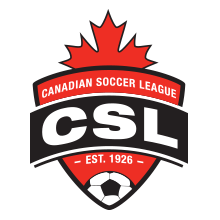
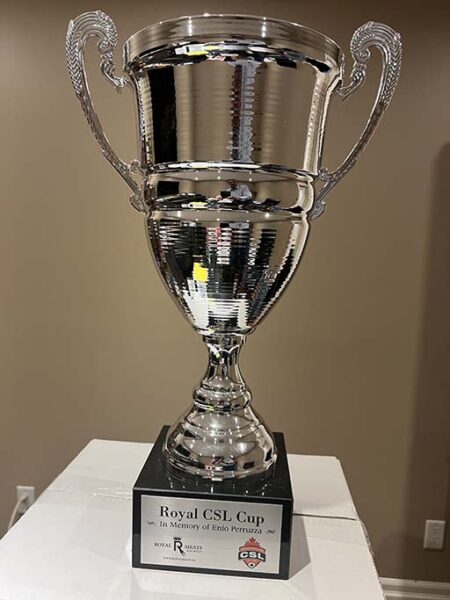
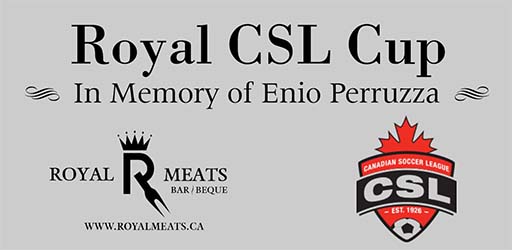
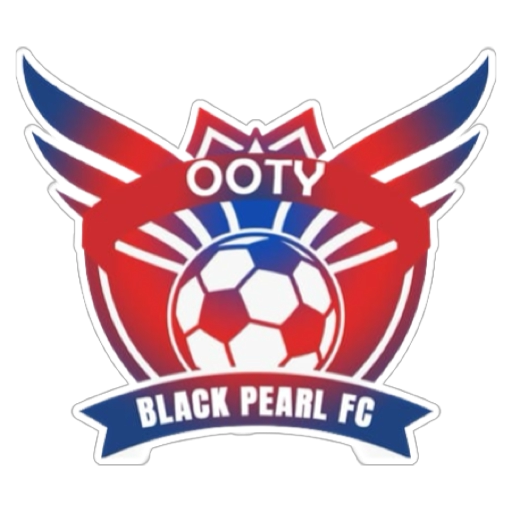
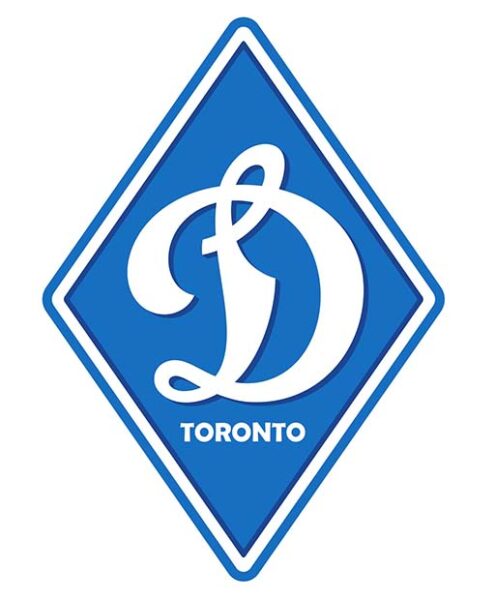
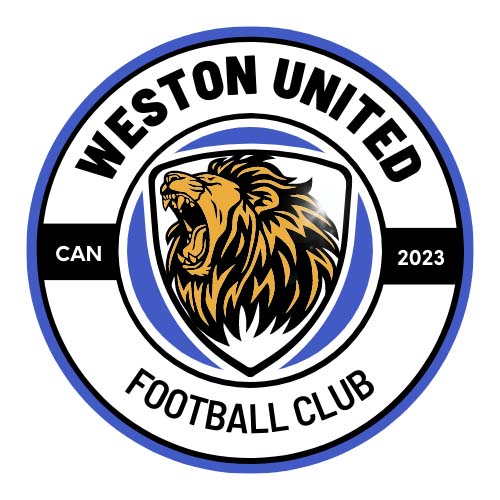

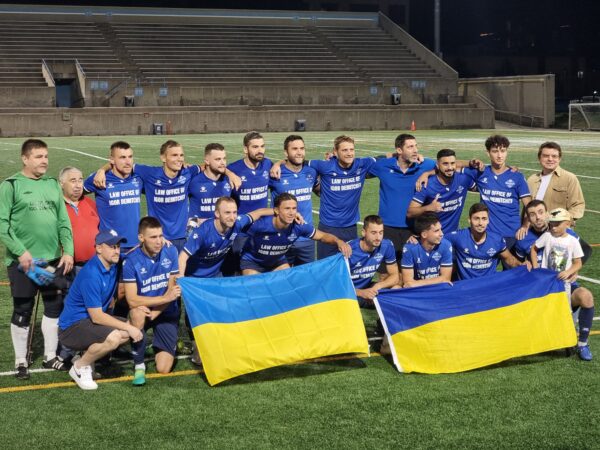

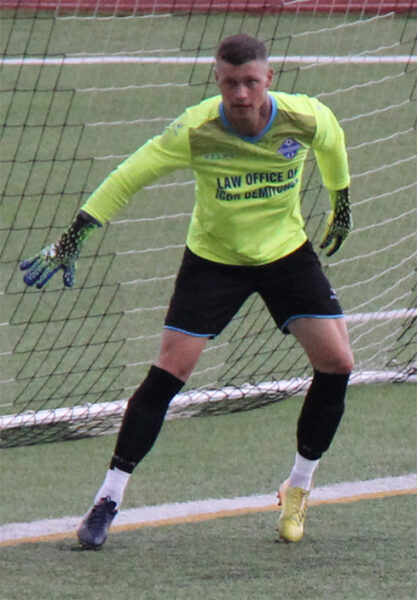
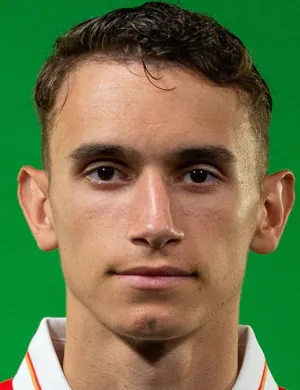
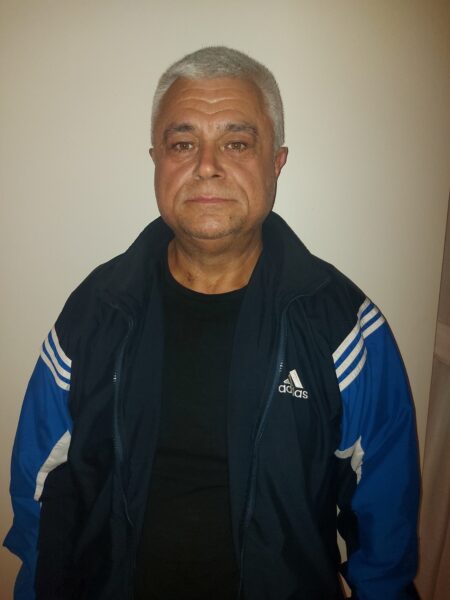

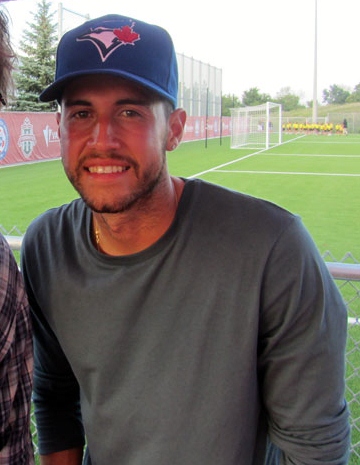
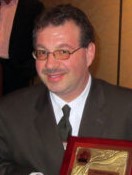
 The Enio Perruzza Memorial Trophy competition, originally scheduled to be played at the end of the 2022 season, has been postponed to early season 2023.
The Enio Perruzza Memorial Trophy competition, originally scheduled to be played at the end of the 2022 season, has been postponed to early season 2023.